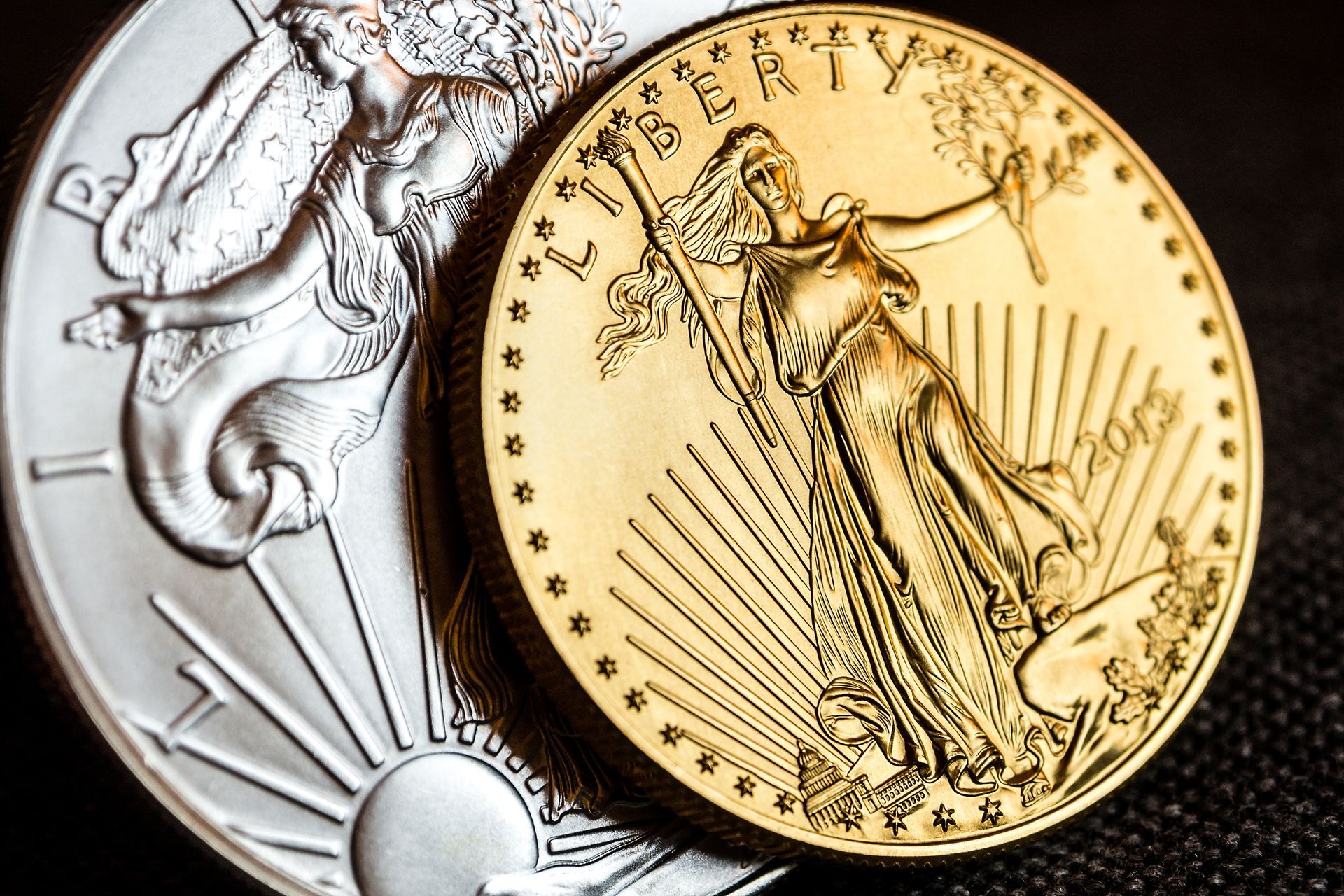The reverse, designed by John Mercanti, features a heraldic eagle behind a shield; the eagle grasps an olive branch in one talon and arrows in the other, echoing the Great Seal of the United States[^2]. Above the eagle are thirteen stars, representing the original colonies, making it not only a beautiful design but also one rich with historical significance.
The Gold Eagle, launched the same year as the Silver Eagle, boasts an obverse design that is among the most admired in American coinage. It revives Augustus Saint-Gaudens’ iconic Liberty image, originally crafted for the $20 Gold Double Eagle minted from 1907 to 1933[^3]. This rendition of Lady Liberty depicts her holding a torch and an olive branch as she strides forward against a backdrop of the Capitol building and sun rays, symbolizing enlightenment and peace.
The reverse design, created by sculptor Miley Busiek in 1986, depicts a male eagle carrying an olive branch flying above a nest containing a female eagle and her hatchlings[^4]. This scene not only emphasizes family and tradition but also the strength and durability of the nation.
The designs of the American Silver and Gold Eagles are more than just artistic achievements. They embody the ideals of freedom and strength that are fundamental to the American spirit. These coins connect collectors to the artistic heritage and democratic values of the United States, making each piece a significant acquisition.
For collectors, acquiring an American Silver or Gold Eagle is not just an investment in precious metals but also in art and history. Each coin offers a connection to the past through its design and to the future through its enduring value.
The American Silver and Gold Eagles stand as pillars of the numismatic community, showcasing the unparalleled craftsmanship and rich history of American coinage. As you expand your collection, consider the profound legacy embodied in each coin.




